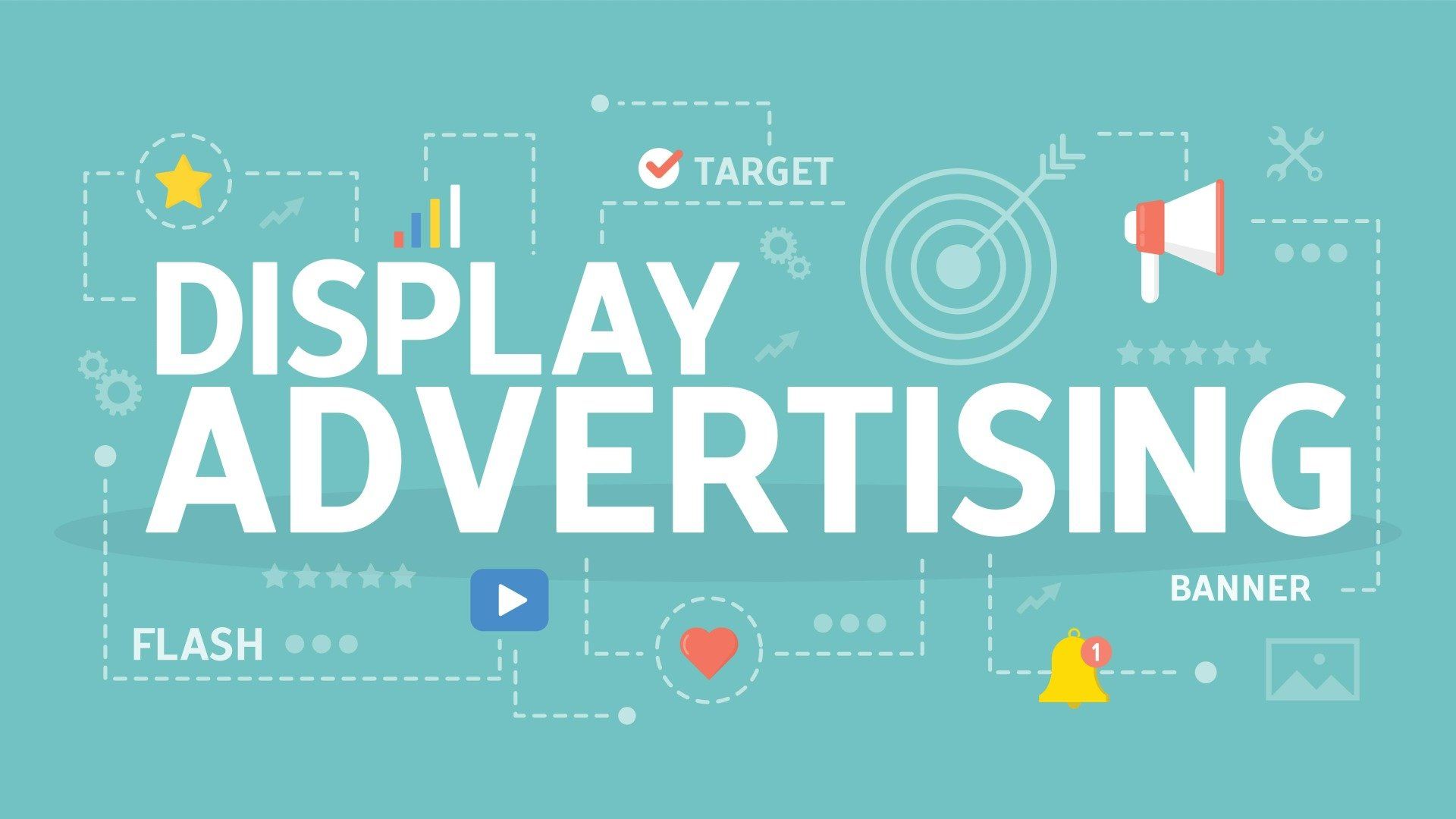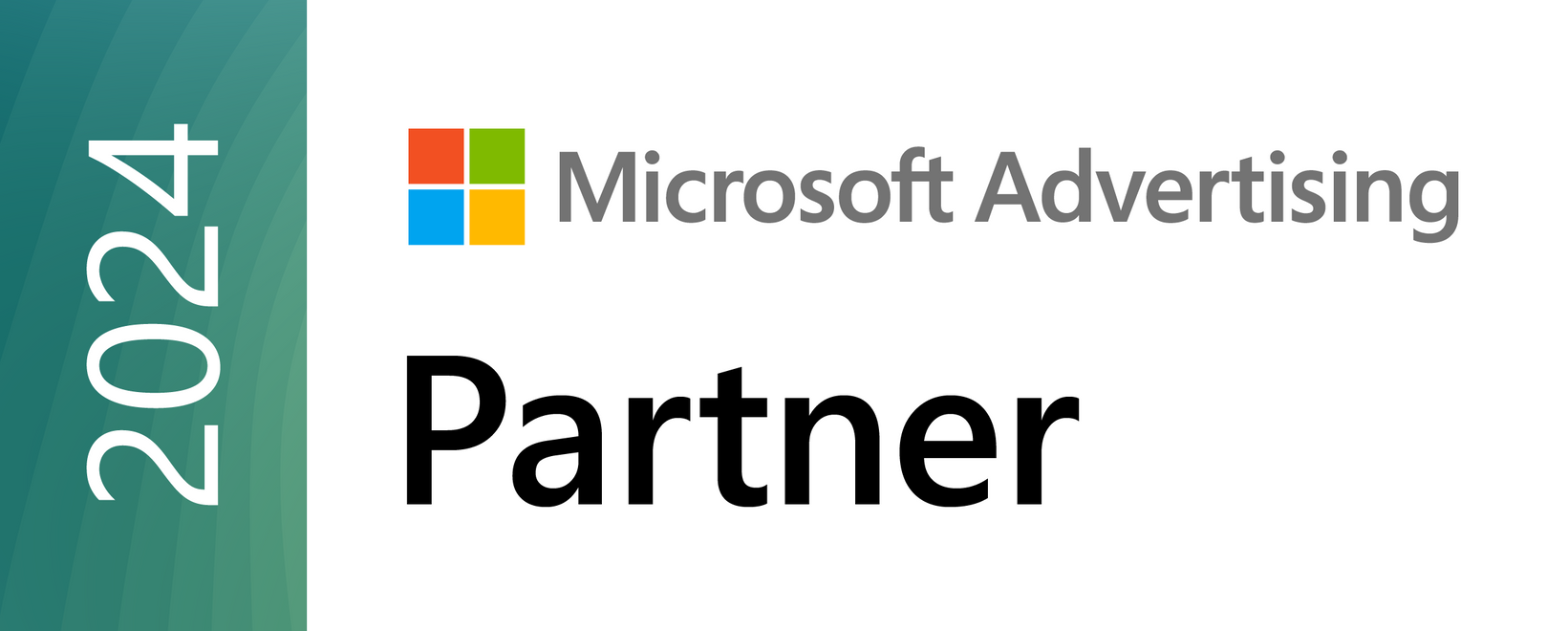Get Relevant Clickthrough Traffic on Your Display Ads

Which Ad Sizes Are Most Effective?
It depends on the metric you’re using. According to some studies Google’s 300 x 250 (which can also work for mobile or desktop) performs best, followed by 336 x 280 and 728 x 90. Many agencies recommend 320 x 50 because it’s the most frequently displayed size on mobile applications and it can also be displayed on desktops.
As a rule of thumb, mobile tends to get the most views . The most popular sizes are mobile sizes. The top three mobile sizes may get about half of all views, but even the bottom 30 percent of sizes get billions of views a year. Using a programmatic platform or display ad campaign provider that runs five or six different size variations is often a more reliable approach than betting all your dollars on a single size.
As a rule of thumb, mobile tends to get the most views . The most popular sizes are mobile sizes. The top three mobile sizes may get about half of all views, but even the bottom 30 percent of sizes get billions of views a year. Using a programmatic platform or display ad campaign provider that runs five or six different size variations is often a more reliable approach than betting all your dollars on a single size.
Think Mobile
Copy and design, including button CTAs, should be developed with an eye primarily towards mobile. Expanding and enlarging a design is easier than trying to fit a desktop-optimized banner ad into a mobile-sized package.
Mobile isn’t just the highest served display platform ( 70.3 percent according to eMarketer research ), it’s also the option that gets your ad the most focus. On a desktop screen your display ad often takes up a relatively insignificant percentage of the on-screen real estate, on mobile your ad may take up the vast majority of the screen’s real estate, making your brand the focus of attention, even if that focus is fleeting.
Mobile isn’t just the highest served display platform ( 70.3 percent according to eMarketer research ), it’s also the option that gets your ad the most focus. On a desktop screen your display ad often takes up a relatively insignificant percentage of the on-screen real estate, on mobile your ad may take up the vast majority of the screen’s real estate, making your brand the focus of attention, even if that focus is fleeting.
Keep Messaging Short and Simple
Minimal text coupled with an eye-catching image, complimentary colors and standout typography is ideal for banner ads. Your ad should quickly – ideally in four to seven words – convey your message and entice users to click a CTA button with another brief, straight-to-the-point call to action.
Strategies can vary widely as dictated by the purpose of the campaign. If you’re simply seeking branding and trust building, you’ll want different messaging and images than you would for a lead-generation campaign.
Lead generation ads should rely on a compelling value-proposition, even if it’s something as simple as “Free Shipping” and a picture of your product with a “Buy Now” button. Vague platitudes or anything that requires interpretation should be avoided.
Strategies can vary widely as dictated by the purpose of the campaign. If you’re simply seeking branding and trust building, you’ll want different messaging and images than you would for a lead-generation campaign.
Lead generation ads should rely on a compelling value-proposition, even if it’s something as simple as “Free Shipping” and a picture of your product with a “Buy Now” button. Vague platitudes or anything that requires interpretation should be avoided.
Use Compelling Imagery
Keep in mind where your audience will be seeing these ads. Some advertisers may want to shove as much copy as possible into an unassuming beige 300 by 600-pixel box, but there’s no guarantee people will read it – or even notice it.
Every internet user is accustomed to being barraged with banner ads to the point where most of us probably don’t even notice the messaging unless it’s eye catching and contains visual cues that actually interest us.
There should be a singular focus and consistent use of color throughout a display ad. If people in the image are looking or facing left you should strongly consider putting your copy, CTA and button to the left of that image.
Every internet user is accustomed to being barraged with banner ads to the point where most of us probably don’t even notice the messaging unless it’s eye catching and contains visual cues that actually interest us.
There should be a singular focus and consistent use of color throughout a display ad. If people in the image are looking or facing left you should strongly consider putting your copy, CTA and button to the left of that image.
Get the Spelling, Grammar and Capitalization Right
You likely only have five to 20 words, including a button CTA, to worry about editing on a display ad.
Thoroughly copyediting for spelling, grammar and consistent capitalization is important and doesn’t take very long.
If you read a piece of marketing, an article or a menu and you find a spelling or grammar mistake, does it effect your perception of the publication or business?
Maybe you’re really generous and give people the benefit of the doubt. Many other people are less forgiving and will look at a simple, preventable mistake and think less of the business or publication.
Thoroughly copyediting for spelling, grammar and consistent capitalization is important and doesn’t take very long.
If you read a piece of marketing, an article or a menu and you find a spelling or grammar mistake, does it effect your perception of the publication or business?
Maybe you’re really generous and give people the benefit of the doubt. Many other people are less forgiving and will look at a simple, preventable mistake and think less of the business or publication.
Don’t Try to Trick or Mislead Searchers
There are two major examples of this – ads that look like a computer warning (“Warning! Your Computer Is Vulnerable”) or an ad that looks like it’s interactive but isn’t. These tricks are closely associated with Malware and internet scams and using them could damage a company’s brand.
How Do You Convince a Client to Adhere to Display Ad Best Practices?
Evidence is the best way to convince a client that your suggested strategy is going to lead to beneficial results.
Think with Google
’s case studies and best practices often have data and statistics attached to them that may help your argument.
Many agencies have internal data, but if you don’t there are a lot of digital marketing studies available. Publicly available studies often offer more user behavior statistics as opposed to specific data on the effectiveness of best practices, but use studies could still help your case.
Marketers can do their own AB testing on smaller scales as well, generally when it’s not a huge risk to a client’s campaign. For example, it would be relatively easy and low risk to test whether blue or yellow is a better color scheme for a set of display ads. You can make virtually identical ads except one set has a blue button and gradient overlay and the other has a yellow CTA button and gradient. The risk of wasting the client’s money on an AB test like that is relatively low and you’ll have data when the campaign has run its course.
Many agencies have internal data, but if you don’t there are a lot of digital marketing studies available. Publicly available studies often offer more user behavior statistics as opposed to specific data on the effectiveness of best practices, but use studies could still help your case.
Marketers can do their own AB testing on smaller scales as well, generally when it’s not a huge risk to a client’s campaign. For example, it would be relatively easy and low risk to test whether blue or yellow is a better color scheme for a set of display ads. You can make virtually identical ads except one set has a blue button and gradient overlay and the other has a yellow CTA button and gradient. The risk of wasting the client’s money on an AB test like that is relatively low and you’ll have data when the campaign has run its course.
Get Help With Your Display Campaign
REV77 has extensive experience designing properly optimized display ads of all sizes and executing highly targeted campaigns. We can narrowly target specific households, retarget past shoppers or serve ads to specific neighborhoods or types of people.
If you know where your target audience is or what type of person they are, chances are we can develop a display ad solution to help your brand reach them.
If you know where your target audience is or what type of person they are, chances are we can develop a display ad solution to help your brand reach them.





